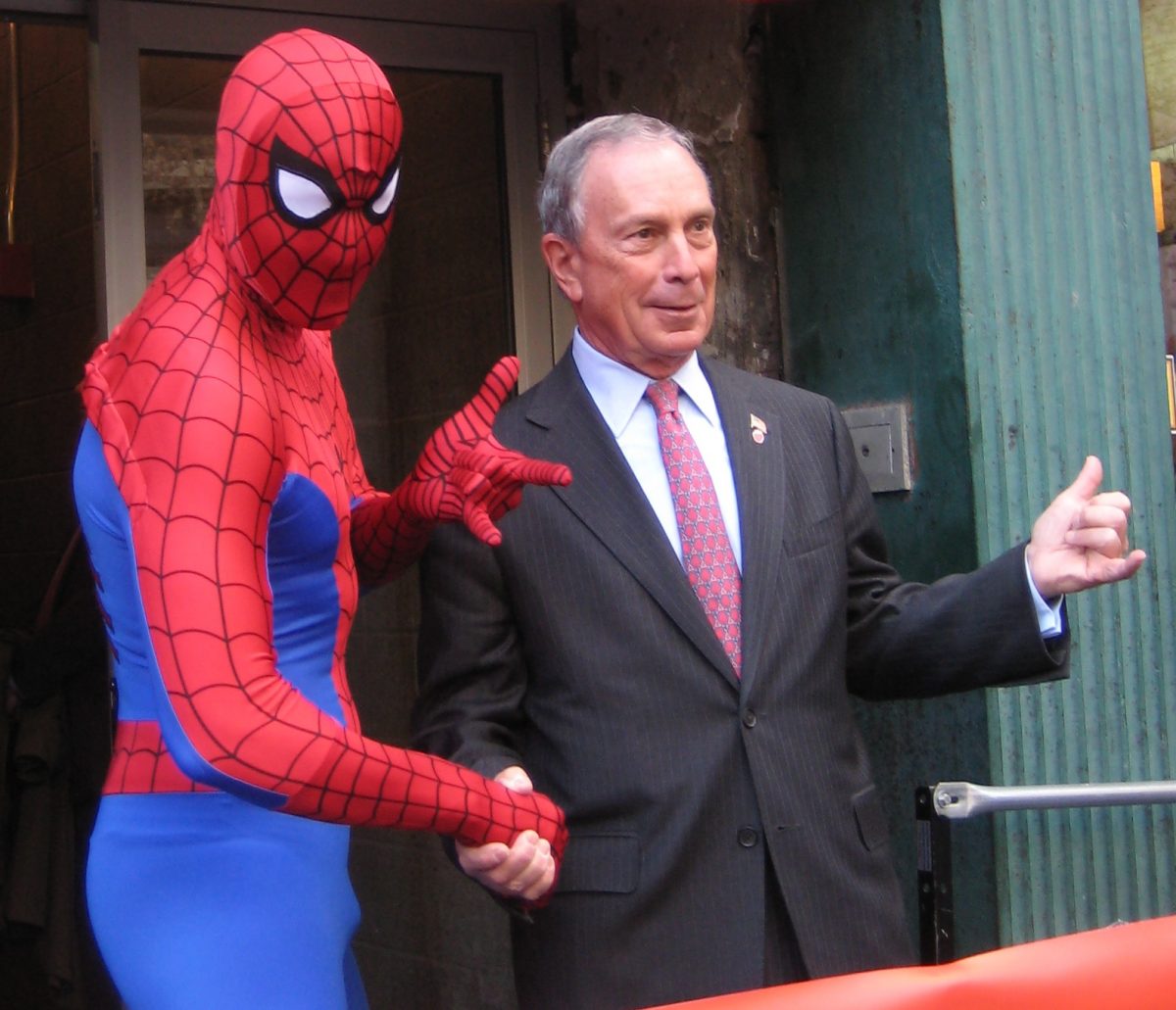“Money is the Mother’s Milk of Politics.”
Big Daddy Unruh
It is well established that the key element to a successful campaign for public office is the amount of money it raises. For example, between 2000 and 2016, 90% of Congressional House seats were won by the campaign who raised and spent the most money. Here money does matter.
But does money buy success in a Presidential race? It would seem logical, since so much money is poured into a national campaign. Between 1972 and 2016, the Republican and Democratic candidates spent a combined 4.8 billion dollars. That’s B as in Billions! If that kind of money had no effect on the outcome, somebody should be embarrassed.
Studies certainly agree that more spending in lower level races correlates with winning, particularly at the Congressional level. The impact of presidential spending on winning is significantly sparse, even among academic journals. Some look at resource allocation and strategic use of campaign funds but I found no actual studies of how much candidates spend in a presidential election and their success.
So to cure my curiosity, I compiled presidential election data for every election since 1972. In particular, how much money each campaign spent in pursuit of victory, derived FEC records. These expenditures, however, do not include the amount of money spent by independent groups (independent expenditures), which are not required by the candidate to report.
Over the past 12 presidential cycles, the winning candidate out spent their opponent by $618 million dollars. Which on the surface would suggest that more money leads to victory. However, this advantage is not evenly spread throughout each election cycle, as graphically shown in Figure 1.

Figure 1
The values above the zero horizontal line indicate the winner’s expenditures in millions. This chart shows that through most of these elections, the difference between winner and loser spending was relatively modest, until you reach 2008 when Barack Obama out spent John McCain by more than $520 million. This was followed by the $278 million spending advantage that Obama had over Mitt Romney in 2012. And in 2016 Hillary Clinton out spent Donald Trump by a whopping $211 million while losing the contest in the Electoral College.
Except for these three races, the spending deficit of losers does not appear to be overwhelming. For the years 1972 through 2004, the loser only gave up $30 million. But these aggregate figures don’t tell the whole story of whether out-spending your opponent usually leads to the White House.
First, lets see if there is a correlation between spending and winning or losing. We would expect, that if a candidate spends more money than his opponent, absent campaign effects, he would reign victorious. But in the last twelve presidential cycles, outspending the opponent is uncorrelated with winning!
Confirming this, is a scatter-dot graphic that compares the relationship between the incumbent’s (or his Party) percentage of the two-party vote and the difference between the winner and loser’s spending visually demonstrates that the vote is unrelated to winning or losing.

The scatter-dots in the graph are mostly horizontal along the zero spending difference level. We would expect that as the spending difference increases, the percentage of two-party vote would increase as well and that is not the case.
This is also confirmed by the R square of .064, which means there is almost zero relationship between the two variables. In other words, spending more or less than your opponent has no effect on the two-party share of the vote.
To corroborate that money has no effect on winning or losing, I regressed the winner-spending difference on whether the candidate won or loss (confirmed by logistic regression.) The significance level (.315) was far above the <.05 level needed to show a relationship, as shown in Table 1 regression coefficients. Again, it doesn’t matter that a candidate out spent his opponent or not, when it comes to winning.
| Standardized Coefficients Beta | t | SIGNIFICANCE LEVEL | |
| CONSTANT WINNER-SPENDING DIFFERENCE | -.317 | 4.823 -1.058 | .001 .315 |
TABLE 1 REGRESSION COEFFICIENTS
So what’s going on here? The cardinal rule states that more money leads to winning in political campaigns, but this analysis says otherwise.
Let’s first differentiate a presidential campaign from every other political contest. In presidential campaigns, every minute is covered by national media and debated twenty-four seven by TV pundits. This is not a race for small town mayor. Unlike even U.S. Senate campaigns, every move by the presidential candidates is recorded, printed and debated. There is no escaping the daily deluge of media coverage unless you move to Mars. Every baby kissed, every misspoken word, and every speech given in a day are recorded and played over and over again.
And then there are the televised debates, where millions of people around the world watch. In 2016, some 84 million viewers watched Hilary and Donald duke it out.
As pointed out in a previous post (“Will the economy save Donald Trump?”), presidential campaigns are often shaped by non-campaign forces such as the economy or a national crisis. Some contests are over before the campaigns reach their stride. If you doubt that, just ask Jimmy Carter. By time election day arrives, even first graders have an opinion who they would vote for (if only the country changed the age requirement.)
Consequently, the effect of paid media diminishes as it is replaced by outside forces, sometimes even outside the control of both campaigns. Spending more on TV commercials at this point is wasting money.
Do I think presidential campaigns will not stop fundraising and buying TV time? Absolutely not! Some traditions are hard to break. Ask President Trump, his presidential campaign has set a fundraising goal of one billion dollars! If he doesn’t win, somebody is going to look pretty stupid.
